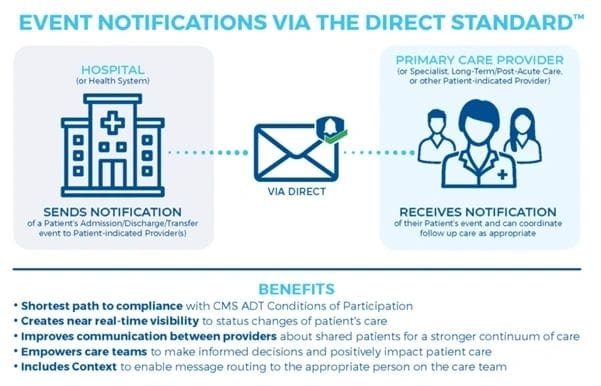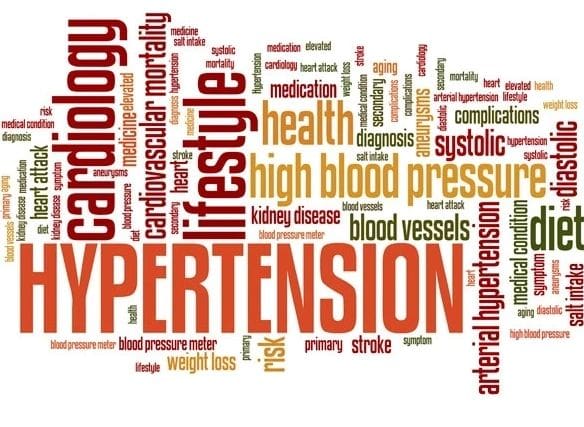Interoperability
Lighthouse API
The Department of Veterans Affairs (VA) is using an API program called Lighthouse to create innovative applications that improve care. Lighthouse is an API program that gives developers secure access to VA data to develop innovative tools and services to support Veterans’ needs. VA created a streamlined, modern API development experience to build services that provide Veterans…
Read MoreNursing Workflows and the Importance of Data Quality
By Teresa Saxon, R.N. Healthcare data quality analysis has many layers of complexity ranging from discovery of anomalies to how they are repaired. In simplified terms, poor data quality can be characterized by missing, miscoded or misplaced data in a patient’s record. Data quality is especially important in the nursing field since nurses interact with…
Read MoreThe Importance of Immunization Reporting
Vaccination records (sometimes called immunization records) provide a history of all the vaccines a patient has received. These records are important as they may be required for jobs, travel, or school. Immunization records are compiled by a patient’s medical providers consolidating their vaccinations and reporting them to Immunization Information Systems (IIS). IIS’s are usually run…
Read MoreNew Use Cases for Direct Secure Messaging
Overview of Direct Secure MessagingDirect Secure Messaging (DSM), also known as Direct Exchange or Direct, is a method to securely exchange patient records between healthcare organizations through a Health Internet Service Provider (HISP). DSM uses digital certificates and Public Key Infrastructure (PKI) to encrypt messages, ensuring only intended recipients may access the contents of a…
Read MoreHIMSS 2022: The Importance of Standards-Based Data Exchange
This year’s HIMSS conference will feature a number of sessions on data standardization and health information exchange. Before you go to HIMSS, we want to help you better understand what standards-based data exchange looks like and why it’s important for healthcare. It might give you some incentive to attend a session or two. We all agree that…
Read MoreWhat is an API really?
APIs for … Intelligent People! We love the Dummies© series of books, but being unfamiliar with something new does not a dummy make. For perspective, here are some background facts about the three biggest realms in science affecting economic activity over the last 2000 years: 1. Medicine – Hippocratic Oath, (350 BC) 2. Business Finance…
Read MoreKeeping Everyone in the Know: New CMS ADT Rule
Author: David C. Kibbe, MD On March 9, 2020, the Centers for Medicare & Medicaid Services (CMS) issued the Interoperability and Patient Access Final Rule aimed at enhancing interoperability and increasing patient access to health information. This Final Rule contains a new Condition of Participation (CoP) that requires all hospitals, psychiatric hospitals, and Critical Access Hospitals to electronically share (via an…
Read MoreHow to Prepare for the API Requirements of the Cures Act
As of April 5, 2021, the U.S. ONC Cures Act Final Rule Compliance Timeframe is in effect. Healthcare providers, Health IT developers, Health Information Exchanges (HIEs), and Health Information Networks (HINs) will have until October 6, 2022, to provide patients with access to all their Electronic Health Information (EHI). There are several requirements that providers, developers, and…
Read MoreThe Importance of a Nursing Data Framework
By Dr. Luann Whittenburg, RN, PMP, FHIMSS A Nursing Data Framework can give healthcare providers a way to garner business intelligence to save money and reduce risk by improving workflows, load leveling personnel schedules, and improving patient safety. With more than 4 million nurses in the U.S., nurses are the largest clinical segment of the U.S. healthcare…
Read MoreThe Terminology You Use to Describe Healthcare Data Matters
An Argument for Standardized Reference Terminologies One hundred and forty, 140 – that’s how many different ways there are to describe arterial hypertension, more frequently known as high blood pressure. It may seem like a small number, but if we have 140 different hospitals using 140 different terms for arterial hypertension, we suddenly have 140 hospitals…
Read More









